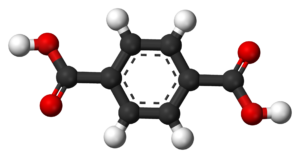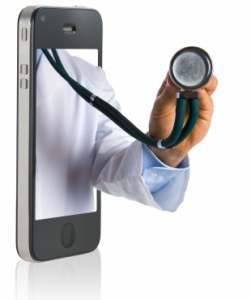Notification of regulation amendment regarding approval, notification and evaluation of medical devices in Korea.
A) Implantable Medical Device
B) Restricted substances
C) Intended Use
D) Clinical Evaluation
E) Medical apps
Korean medical devices regulation update 2014-142
A) Implantable Medical Device
The definition of Implantable medical device and its application (Article 2 and Article 5)
1) Implantable medical device have higher risk in case of adverse effect, therefore quick actions like recalls are needed; however, the approval process is unsatisfactory since they are not separately categorized and managed at the time of approval.
2) Therefore a new definition of Implantable Medical Device is established, and a written indication in Remark section as ”Implantable Medical Device” is required at the time of approval application.
3) The status of the approval of Implantable Medical Device can be managed separately and quick reaction to any risks such as adverse effects can be expected.

B) Restricted substances
Restricted substances for an approval or a notification as a medical device (Article 4 No2 of the agenda)
1) According to No.3 of the Article 7, Section 1, Clause 2, the director of MFDS is to define the raw materials that are required to be limited for approval and notification due to issues with safety and effectiveness.
2) Hence, mercury, asbestos, and phthalate materials (limited to sap sets) such as diethylhexylphthalate (DEHP), Dibutylpthalate (DBP), Benzylbuthlpthalate (BBP) are capable of harming human body, therefore they are restricted for approval and notification.
3) By limiting the approval and notification of medical devices containing raw materials with issue with safety and effectiveness, it is expected to control the risk factor

C) Intended Use
Procedure Improvement on changing the intended use of the medical device. ( Article 18, Section 1)
1) If there is a change among the approved or notified items of manufacturing (import) licensed or notified product, the regulation requires to acquire an amended license or an amended notification; however, it requires a new application for lisense or notification in case of change in the intended use, which is a waste of time and manpower of administration process.
*Compared to amending license (technical document 42 days), new license process (tech. document 65 days) usually takes 23 more days.
2) Hence, for changing intended use, it is required to take amended license process rather than new license application which will improve the lead time.
3) By shortening the processing time for change of intended use, the medical device industry will have improved market accessibility.
D) Clinical Evaluation
Maintain the reference data requirement for clinical test (Article26)
1) At the time of approval, the data that were submitted to OECD members and analyzed, and the data registered in SCI (Science Citation Index) must be approved as a clinical test data despite the absence of items such as clinical test method, test result, and analysis.
※ Difficult to prove that the decision made on the number of test subjects were statistically appropriate, or to verify the proof of the clinical significance
2) There’s no logic of having to approve the SCI registered clinical test data even though there is no control or statistically insignificant number of test subjects, and there’s a rising issue of unfairness compared to the domestically studied test data.
3) Therefore it is expected to solve the illogical and unfair issue by requiring to submit the data with the valid clinical test method, test result and clinical analysis even for the data submitted to OECD members and analyzed at the time of approval, or for the data registered in SCI.
E) Medical Apps
Exemption of sales business notification as a medical device for medical applications (app) (Article 37, No.2)
1) Currently, only 5 item classes such as capillary thermometer and automatic electronic blood pressure meter are exempted of sales business notification, but irrationally the medical application installed on appliances such as cellular phones, are needed to be notified as a medical device sales.
※ Mobile device retailers are subjects to notification as the medical device sales business. (27,846 stores, based in ’12)
2) Therefore, the exemption list from sales business notification as a medical device, are expanded to include a mobile medical app and a device with the mobile medical app for self-diagnosis purpose.
3) The expansion of the exemption list is expected to improve the accessibility of the customer and to invigorate the industry of medical devices such as medical application.

If you wish to sell in South Korea you can contact us for a preliminary discussion. See also our services for the registration of medical devices in South Korea.







